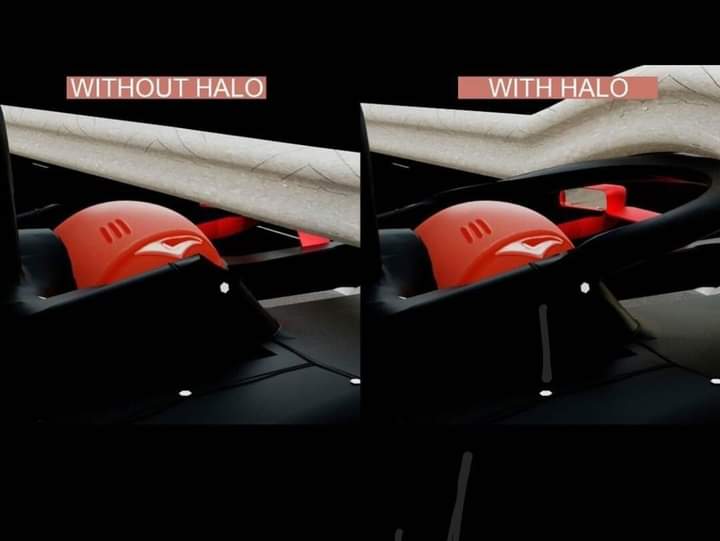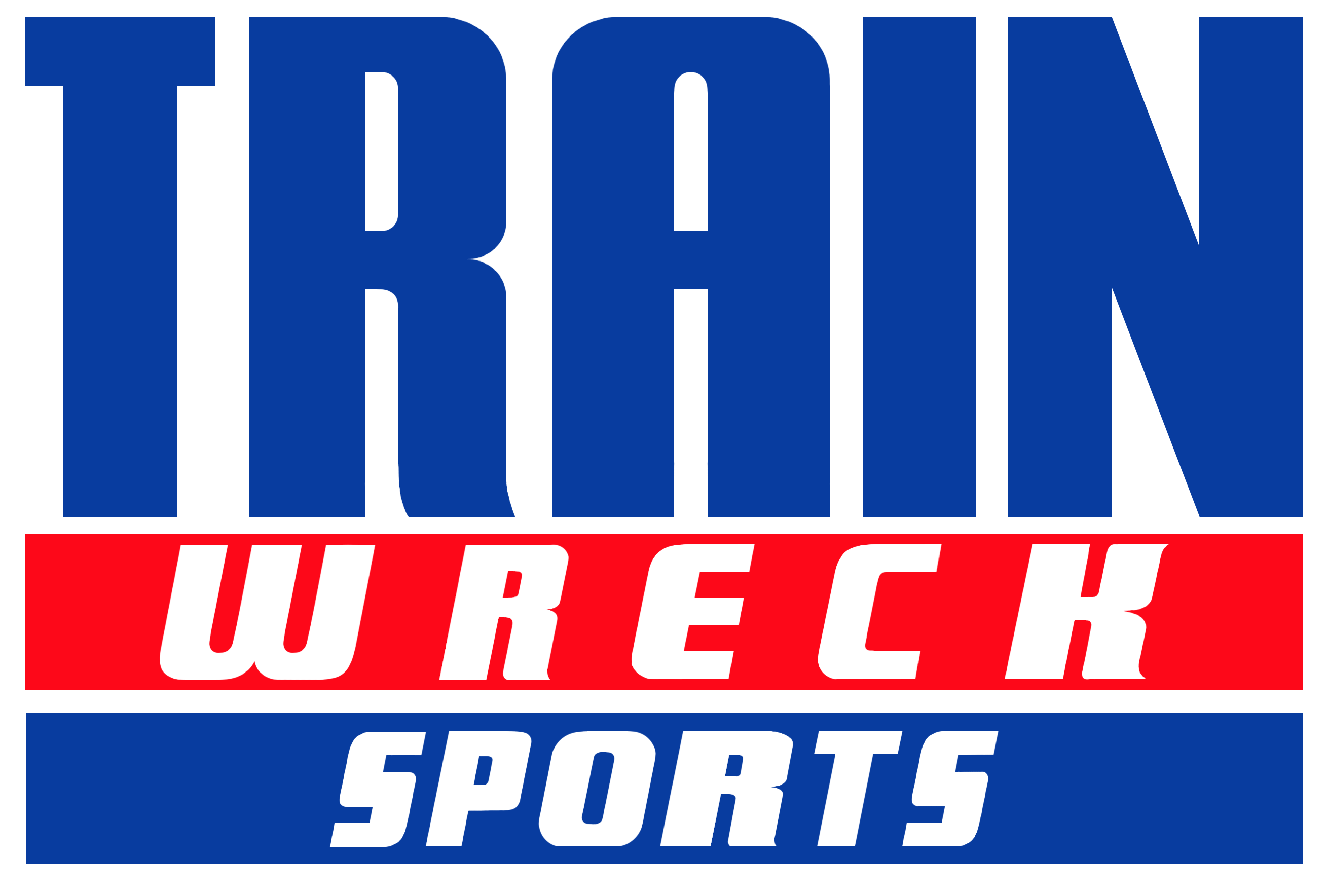
BY: ZACH MCADOO
On Sunday, November 29, the drivers of Formula 1 were getting ready to take on the twists and turns of the 3.363-mile track of Bahrain International Circuit. The drivers hit the grid and waited for the lights to flip to green. The lights flicked from red to green, and the drivers hit the gas. The drivers would make the first couple turns clean, but turn three would turn into a different story for Romain Grosjean.
Grosjean, a driver for Haas F1 team, turned right and got clipped by Daniil Kyvat, which sent Grosjean into the guardrail, splitting his car in two, and the part of the car with him was quickly engulfed in flames. F1 red-flagged the race as soon as the car hit the barrier. The medical car was there within seconds of Grosjean’s contact to help him and stop the fire. It took Grosjean 28 seconds to get out of his car and to the medical staff. Looking back, it is an absolute miracle that Grosjean only ended up with burns on the back of his hands.
A crash like this a decade ago would've been fatal. FIA and the engineers have truly made the sport so much safer. #DriverOK #F1 #BahrainGP #Grosjean pic.twitter.com/goLULyyCK0
— Aditya Abraham (@AdityaAbraham7) November 29, 2020
When I first saw the video on Twitter (I forgot the race was on) in my head, I thought that Grosjean was dead. Grosjean took 50 Gs of force when he smacked the barrier. It was a scary thing to watch. Then you realize that if not for the Halo that F1 introduced in 2018, Grosjean would have died. Like the picture shows you, the Halo pushed the guardrail up and over the rest of the car. Without the Halo, his head goes right into the rail and squishes his head like a bug. So when I saw him get out of the car and walk over to the medical staff, my first thought was Micheal Cole saying, “How the hell is he walking?”
2020 has tested all of us and who we are as people. It has also tested the various motorsports and their safety measures. In the Daytona 500, we saw Ryan Newman get airborne, and my friends and I thought the worst when we saw replays.
Absolutely brutal crash at the end of the #DAYTONA500
— Sports ReUp (@SportsReUp) February 18, 2020
Praying that Ryan Newman is okay??pic.twitter.com/2RTVvZWOg8
Then you take the Indycar Iowa wreck. Colton Herta gets airborne and goes into the catch fence a bit. Rinus Veekay was the one saved by the Aeroscreen though, if the Aeroscreen was not on that car, Herta’s car goes right in the cockpit Veekay and probably kills him.
On Wednesday, Grosjean was released from the hospital, and it was a great sight to see. Haas has already announced that he will be out this Sunday but will try to be back for the season finale on Dec. 13. As for what happens next for Grosjean, we don’t know as he will not return to Haas next season. Hopefully, he does well enough in the final race to help boost his chances of getting signed to a team for next year.
The Sports Desk can be reached at editorial@trainwrecksports.com
